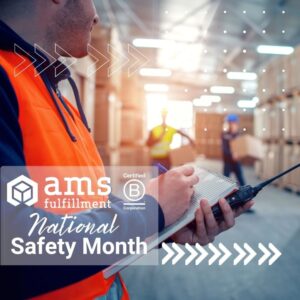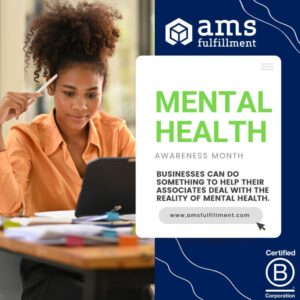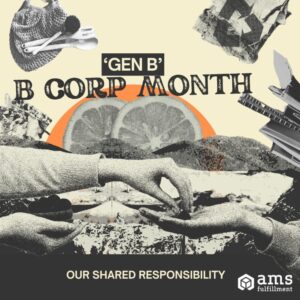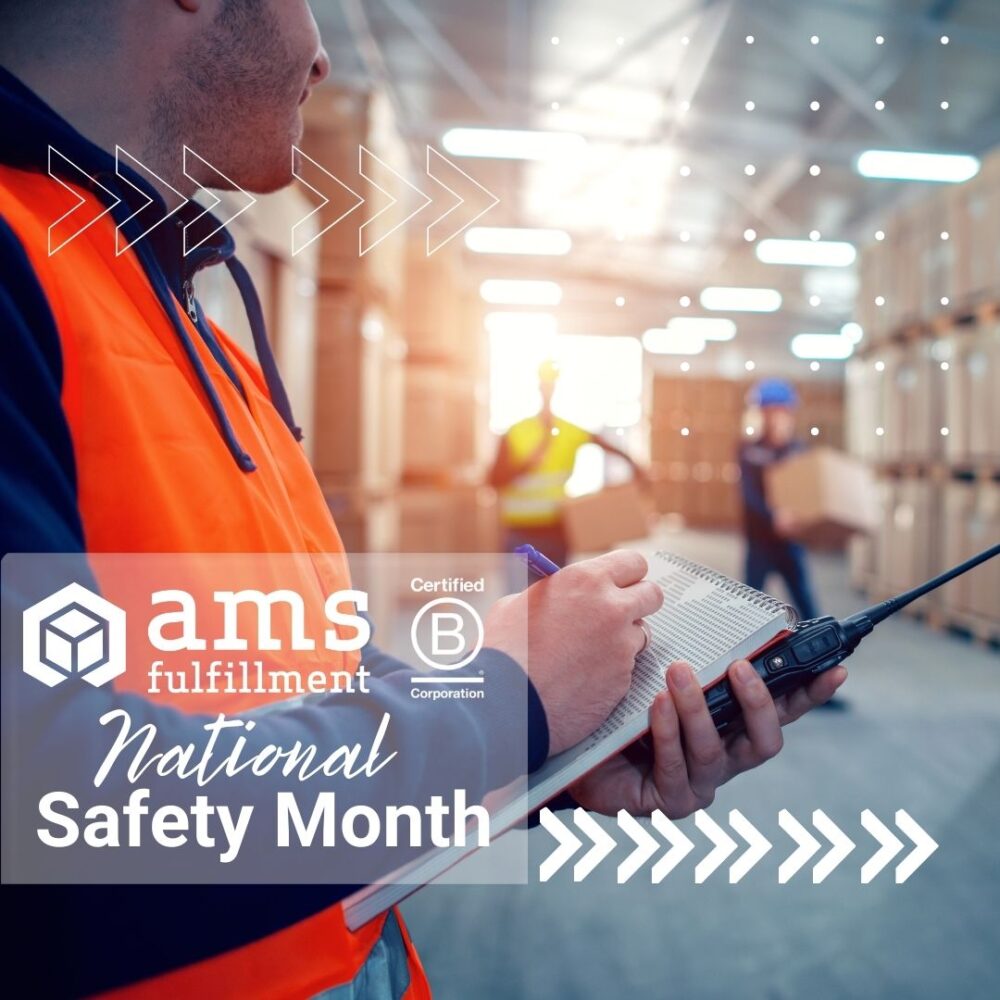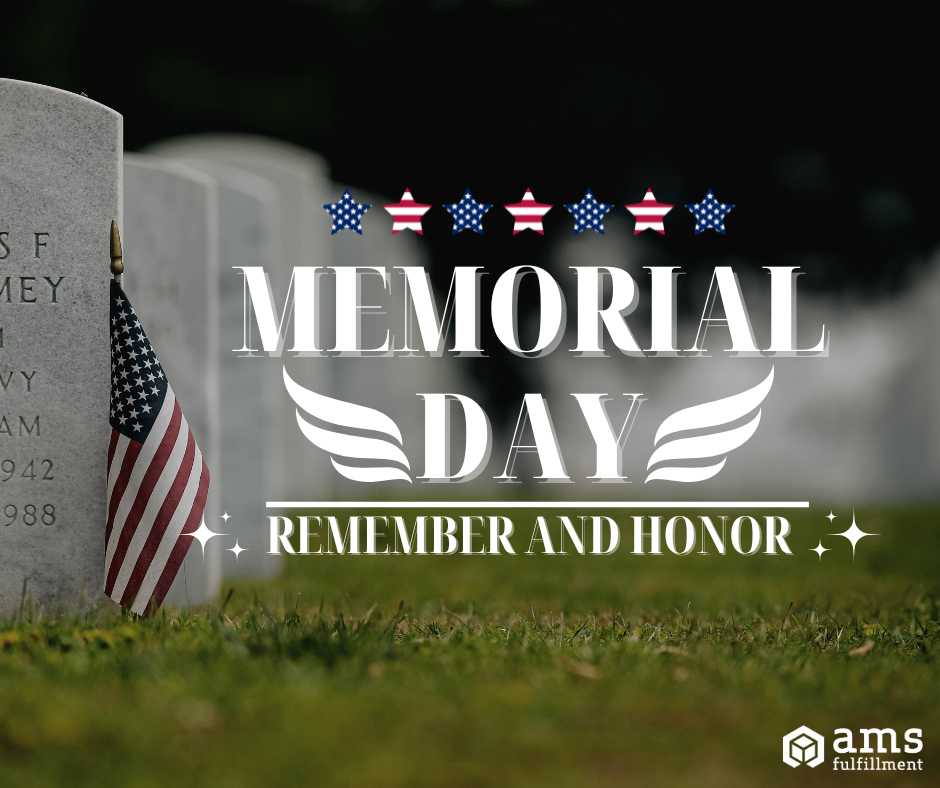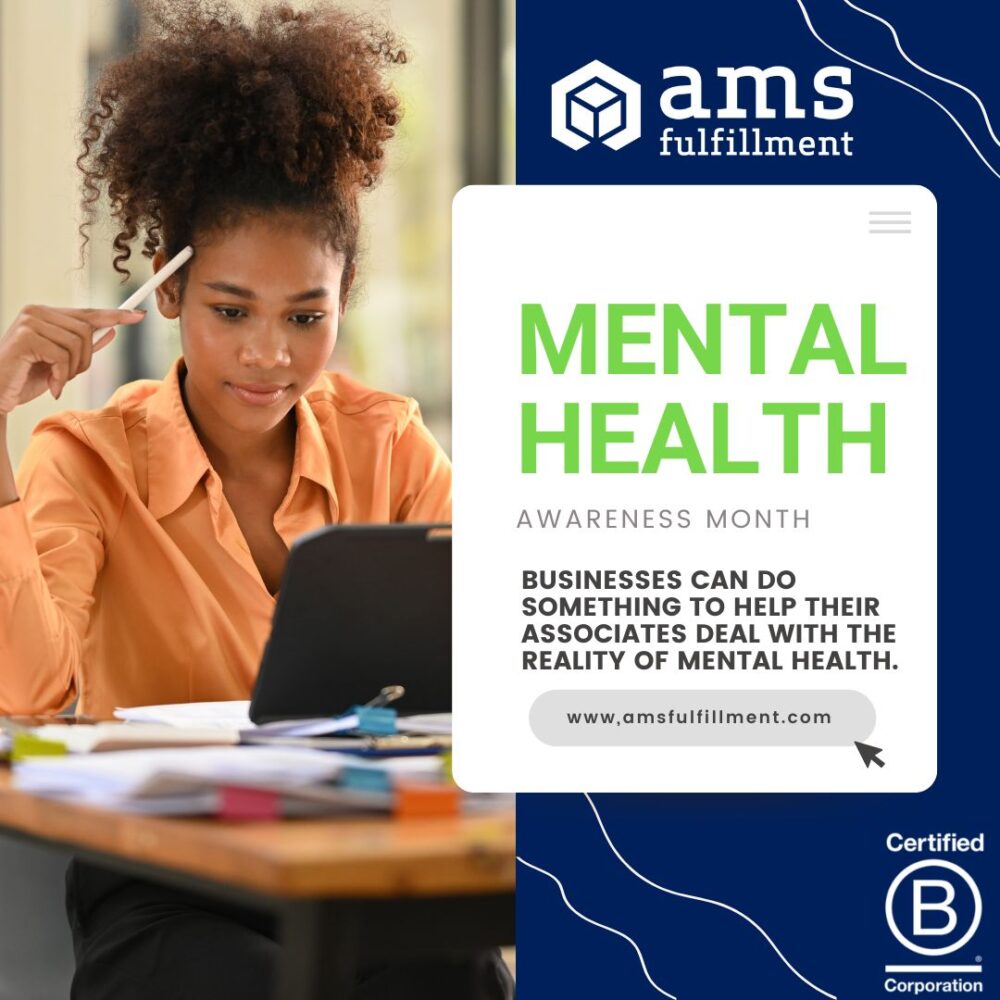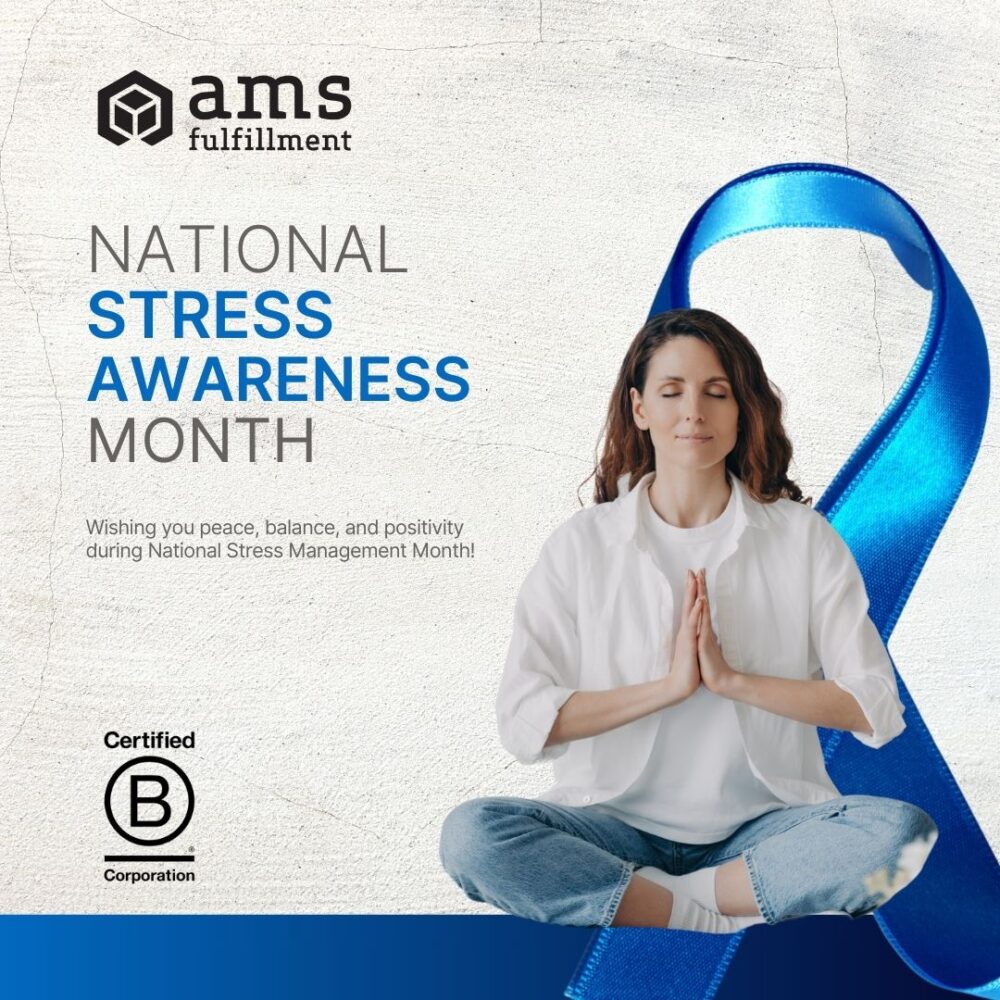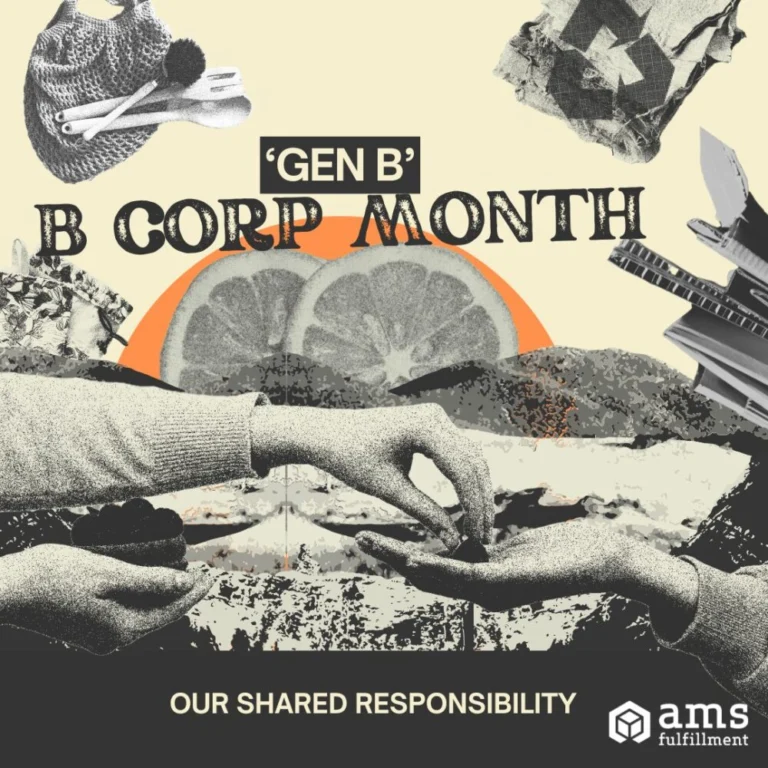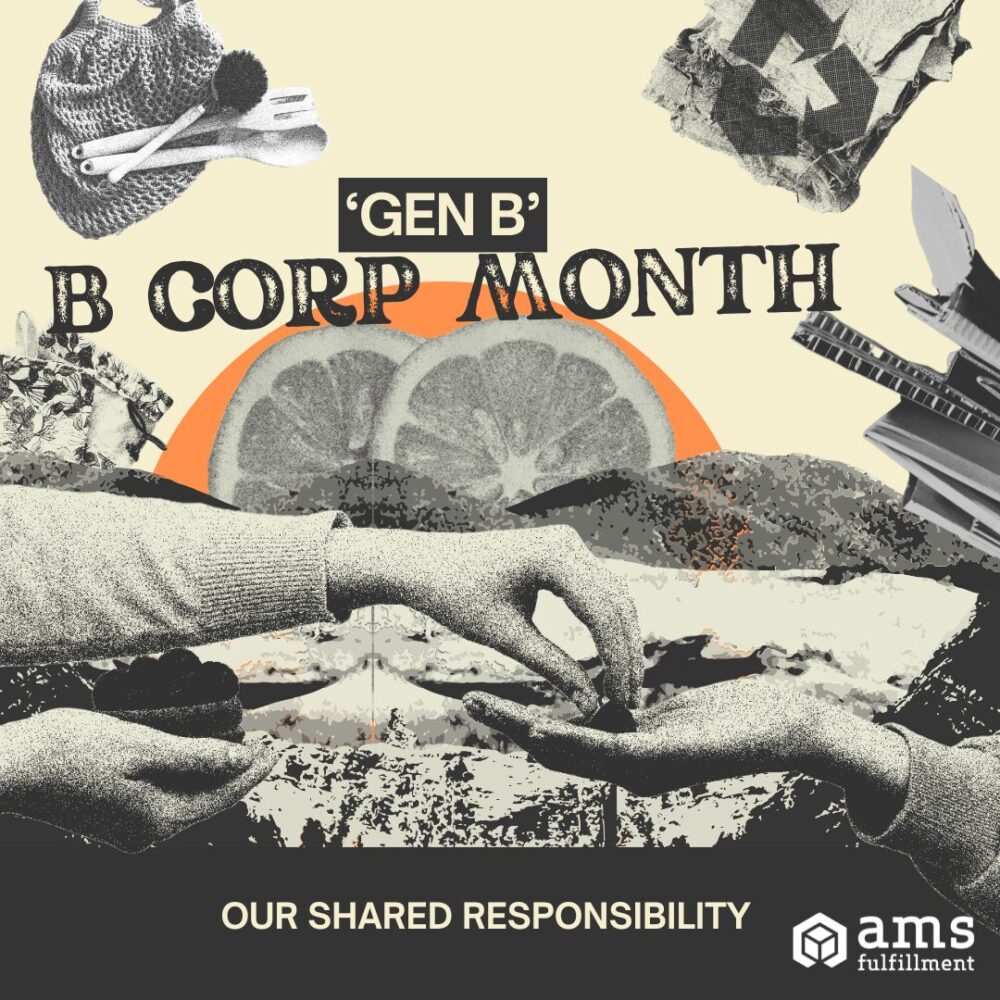 There are some wonderful commemorations in June… such as Father’s Day, commemorating and honoring our beloved Fathers. We also see Flag Day, honoring the patriots and the US flag, Eid al-Adha commemorating sacrifice, Juneteenth commemorating the end of slavery and the Summer Solstice, which is both a promise of change and a celebration of light. All of these are worth thought and appreciation of what is being commemorated and experienced anew.
There are some wonderful commemorations in June… such as Father’s Day, commemorating and honoring our beloved Fathers. We also see Flag Day, honoring the patriots and the US flag, Eid al-Adha commemorating sacrifice, Juneteenth commemorating the end of slavery and the Summer Solstice, which is both a promise of change and a celebration of light. All of these are worth thought and appreciation of what is being commemorated and experienced anew.
Sometimes we need reminders of our high points and our cultural growth.
June is also Pride Month and we are well aware of what Pride represents in this case. We would like to acknowledge it without giving way to the corporate marketing that diminishes it. Pride is the replacement for shame. It means a lot to overcome being shamed for being you.
Pride Month commemorates a significant cultural correction and an elevation of human consciousness. We’ll go over the history of what it was that needed correction and how the correction was achieved.
Let’s Look at the History
Google tells us that ‘Pride’ “…commemorates the Stonewall Riots of 1969, a pivotal moment in the LGBTQ+ rights movement. The riots, sparked by a police raid on the Stonewall Inn in New York City, ignited a wave of resistance and marked a turning point in the fight for LGBTQ+ equality.”
Moving forward to the History website [LINK] we need to take a look at the struggles that came before the Stonewall Riots:
“The roots of the gay rights movement go back to the early 1900s, when a handful of individuals in North America and Europe created gay and lesbian organizations such as the Society for Human Rights, founded by Henry Gerber in Chicago in the 1920s.
“Following World War II, a small number of groups like the Mattachine Society and the Daughters of Bilitis published gay- and lesbian-positive newsletters and grew more vocal in demanding recognition for, and protesting discrimination against, gays and lesbians. In 1966, for example, members of the Mattachine Society held a “sip-in” protest at Julius, a bar in New York City, where they demanded drinks after announcing that they were gay, in violation of local laws against serving alcohol to gays and lesbians.
“Despite some progress in the postwar era, basic civil rights were largely denied to gay, lesbian, bisexual and transgender people—until one night in June, 1969, when the gay rights movement took a furious step forward with a series of violent riots in New York City.”
The Stonewall Riots
That’s kind of amazing… civil rights denied to you because of your preference for a partner of the same sex. There was justified resistance to this awful, discriminatory mind-set, and it manifested in the historic Stonewall riots. Once again from the History website, we read:
“As was common practice in many cities, the New York Police Department would occasionally raid bars and restaurants where gays and lesbians were known to gather. This occurred on June 28, 1969, when the NYPD raided the Stonewall Inn, a bar in the Greenwich Village neighborhood of Manhattan.
“When the police aggressively dragged patrons and employees out of the bar, several people fought back against the NYPD, and a growing crowd of angry locals gathered in the streets. The confrontations quickly escalated and sparked six days of protests and violent clashes with the NYPD outside the Stonewall Inn on Christopher Street and throughout the neighborhood.
“By the time the Stonewall Riots ended on July 2, 1969, the gay rights movement went from being a fringe issue largely ignored by politicians and the media to front-page news worldwide.”
Culture Matters
We don’t need to examine the cause of the shaming of gay and lesbian people that existed at that time, as we know and accept its origin. As a result of belief systems, condemnation of gay and lesbian people was deeply ingrained in the culture. How did we overcome it? How was that inhumane prejudice overcome? It came with the people realizing… wait a minute… in a just world everyone should have both the human right and the civil right to engage in consensual intimacy with another adult.
Pride Month is not just an opportunity to sell rainbow flags. It is a whole lot more than symbols. It took a journey into the human heart and an elevation of consciousness to recognize the cruelty of casting ‘shame’ upon millions of persons for being their authentic self. Pride is the absolutely correct response to the twisted culture of judgement and prejudice. It remains the correct response today. Please enjoy Pride Month, with gratitude that we can celebrate the growth and evolution of our culture into one aligned with human rights for everyone, everywhere.


